Designing a laboratory exhaust system can be complex and challenging. There are numerous factors that must be considered to ensure a safe, effective and energy efficient solution. These factors include the type and concentration of the exhaust, exhaust orientation with respect to other buildings and HVAC air intakes, and economics including operating, maintenance, and replacement costs.
Safe handling of the lab exhaust is a top priority for engineers and owners as they seek to protect lab workers, maintenance personnel, and nearby homes and buildings. Determining the proper level of safety can be challenging as there isn’t one method that fits every situation. The requirements for a chemistry lab at a high school varies dramatically as compared to an infectious disease research facility.
The American Society of Heating, Refrigerating and Air-Conditioning Engineers (ASHRAE) released a publication, Classification of Laboratory Ventilation Design Levels, which helps the design engineer determine the level of safety required for each type of lab. This guide classifies five levels of increasing hazard severity and suggests equipment and controls be required at each level. The design levels are illustrated in the following table:
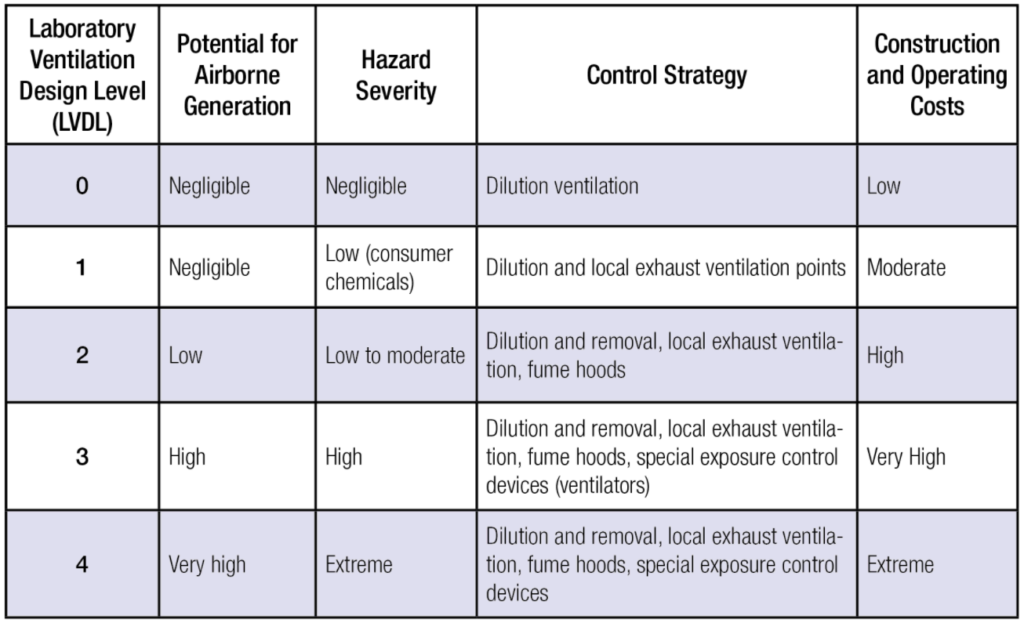
Figure 1. Laboratory Ventilation Design Levels (LVDL). Image taken from Greenheck blog post, Dan Jore 2021.
(Click image to see full-size version.)
Fan Redundancy
Multiple fans provide a level of safety in the event of a fan failure. This is especially important for higher risk labs (LVDL 3 & 4) where hazard containment is of critical importance. The two redundancy strategies typically used are N+1 and N-1.
N+1 redundancy is a system that employs one completely redundant fan. In a lab requiring two fans to exhaust the required cfm, the two fans would be sized for 50% of the volume and a third fan would be added to the common plenum strictly as a standby in case of failure. Typical operating procedure would rotate the fan on standby to ensure equal runtime.
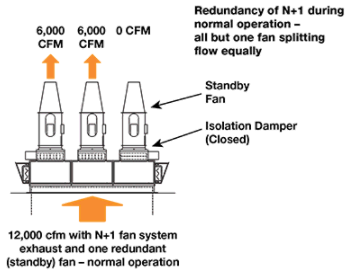
Figure 2. N+1 redundancy during normal operation. Image taken from Greenheck blog post, Dan Jore 2020.
N-1 redundancy, using our example above, would operate all three fans simultaneously. Each fan would still be sized for 50% of the volume but would normally operate at 33%. In the event of a failure of one fan, the other two would speed up to 50% to make up the difference. It is important to note that, while this strategy is quieter and more efficient during normal operation due to reduced fan speed (33%), the air discharge velocity will also be lower. Special care must be taken to ensure that plume rise, and downwind carry distance are acceptable (see following Fan Discharge section). N-1 redundancy is ideal on fan arrays of three fans or more.
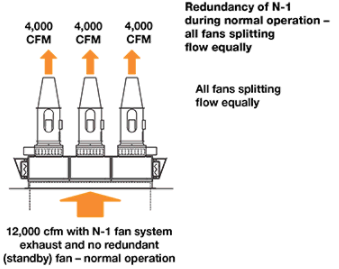
Figure 3. N-1 redundancy during normal operation. Image taken from Greenheck blog post, Dan Jore 2020.
System Height
Fan system height, including stack height, should be considered when designing a lab exhaust system. NFPA 45 and ANSI/AIHA Z9.5 recommend a minimum 10’ discharge height for all LVDL classifications to protect maintenance personnel working on or around the fans from inhaling or contacting the lab exhaust.
Exhaust Discharge
Exhaust discharge must be carried up and away from not only the lab roof, but also from nearby buildings and air intakes. This can be accomplished several ways.
A high-plume nozzle increases the air discharge velocity and resultant plume height preventing re-entrainment of the contaminated exhaust into the lab or adjacent buildings.
A high plume nozzle with a dilution wind band dilutes the contaminated exhaust air by entraining outside air into the airstream. This solution leads to lower hazardous concentration levels downwind of the exhaust fans.
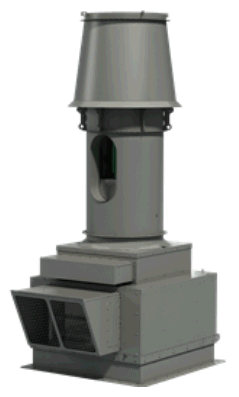
Figure 6. Vektor-MD with high velocity dilution nozzle. Image taken from Greenheck website, Greenheck 2022.
Energy Savings
Laboratories use a tremendous amount of energy, much of which comes from the HVAC system. Fume hoods, as well as general HVAC exhaust, require a large amount of make-up air that must be conditioned before entering the lab space. Given the higher cost of conditioning outside air, it is critical to decrease this amount by reducing the exhausted air.
The best way to address this issue is to design a variable volume system. Instead of constantly operating at maximum design exhaust airflow from the lab space, exhaust air volume varies based upon the number of hoods in operation. The simplest way to accommodate the lower exhaust volume is by using a bypass damper and plenum arrangement. As the lab exhaust volume decreases, a duct static pressure sensor sends a signal to open the bypass damper on the fan, maintaining the discharge volume, velocity, and plume height.
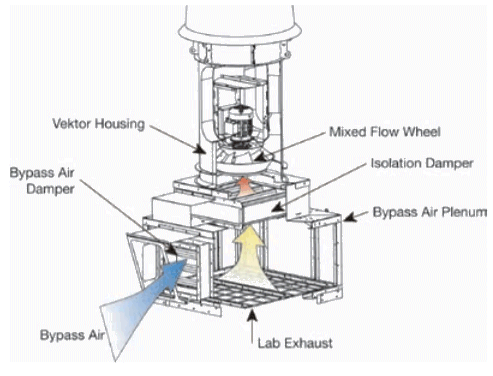
Figure 7. Bypass plenum illustration. Image taken from Greenheck Isolation & Bypass Dampers & Controls catalog, Greenheck 2018.
If utilizing N-1 redundancy (described previously), or N+1 with three or more fans, you can control the multiple fan array in a lead-lag method. This is particularly effective on nights and weekends when labs are typically not in operation and only require minimum ventilation. When the system is calling for maximum exhaust, all fans are operational. As hoods close and exhaust requirements are reduced, fans can be taken offline to match the required airflow. Variable frequency drives (VFDs) are helpful in maintaining proper airflow, although care must be taken when reducing airflow to ensure it does not drop below a minimum threshold on any singe fan. This can lead to a plume height that is lower than required.
Another method of energy savings is the variable geometry nozzle combined with a VFD. The nozzle has adjustable that vary their position as the airflow changes. This allows for reduced air volume while maintaining outlet velocity and plume height.
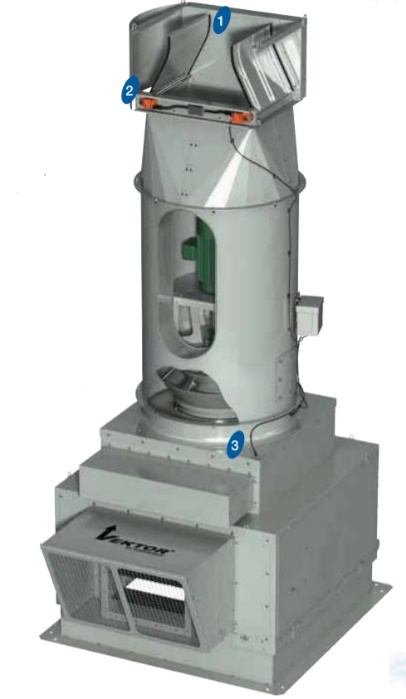
Figure 8. Vektor-MS with variable geometry nozzle. Image taken from Greenheck Lab Exhaust Systems catalog, Greenheck 2017.
(Click image to see full-size version.)
Energy Recovery systems are also available to reduce energy consumption. These systems utilize run-around coils that recover energy from the exhaust air and use that energy to pre-treat the supply air with up to 55% efficiency. This energy recovery is accomplished without any chance of cross-contamination between the exhaust and make-up airstreams.
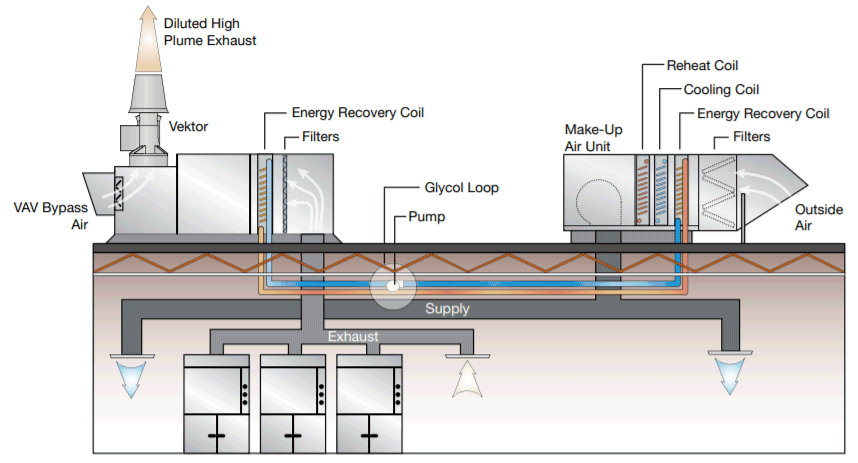
Figure 9. Vektor-ERS system. Image taken from Greenheck Energy Recovery Laboratory Exhaust catalog, Greenheck 2022.
Laboratory exhaust systems are complex and require careful planning and consideration. Your local Brucker representative can assist you and can harness the expertise of Greenheck technical experts and application engineers to make sure your project is a success.
- (The American Society of Heating, Refrigerating, and Air-Conditioning Engineers (ASHRAE), 2018) Classification of Laboratory Ventilation Design Levels
- (Greenheck Corporation, April 2018). Isolation & Bypass Dampers and Controls for Vektor Laboratory Exhaust
- (Greenheck Corporation, September 2017). Laboratory Exhaust Systems
- (Greenheck Corporation, August 2013). Product Application Guide – Variable Volume Laboratory Systems, an Overview
- (Greenheck Corporation, Jore, D., March 2021). How to Design Laboratory Ventilation https://www.greenheck.com/resources/blog/blog-post/fresh-air-from-greenheck/2021_03_06/how-to-design-laboratory-ventilation
- (Greenheck Corporation, Gaedtke, M., July 2021). Understanding the Basic Operation of a Variable Volume Lab Exhaust System https://www.greenheck.com/resources/blog/blog-post/fresh-air-from-greenheck/2021_07_26/understanding-the-basic-operation-of-a-variable-volume-lab-exhaust-system
- (Greenheck Corporation, Jore, D., October 2020). Redundant Lab Exhaust Systems: Are You Selecting the Best Option for Safety? https://www.greenheck.com/resources/blog/blog-post/fresh-air-from-greenheck/2020_10_26/redundant-lab-exhaust-systems-are-you-selecting-the-best-option-for-safety

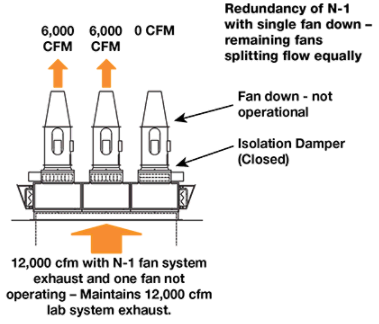
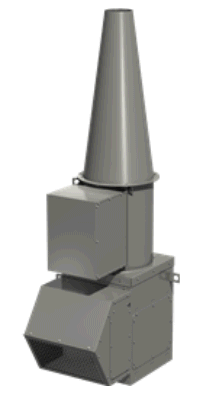
Recent Comments